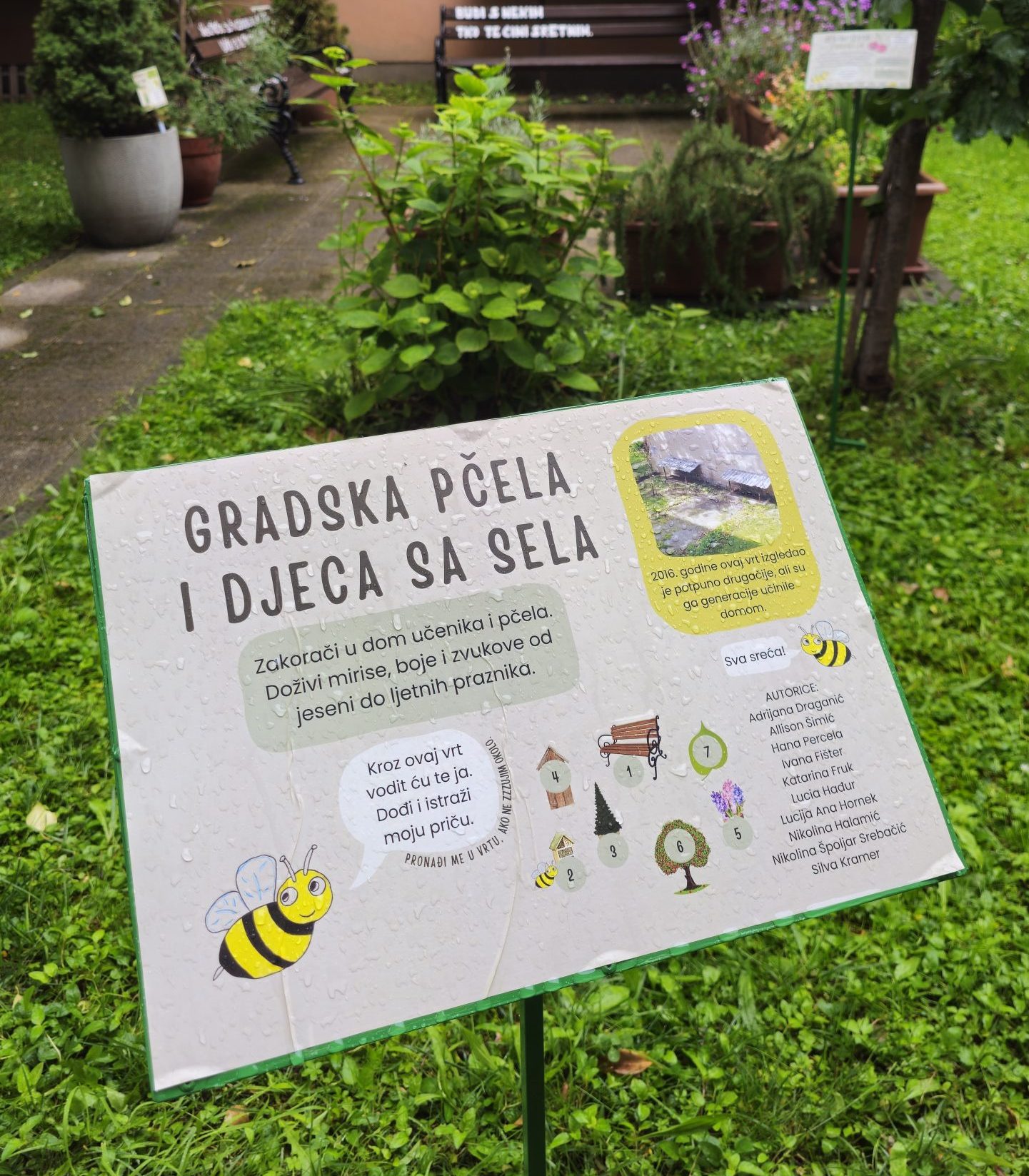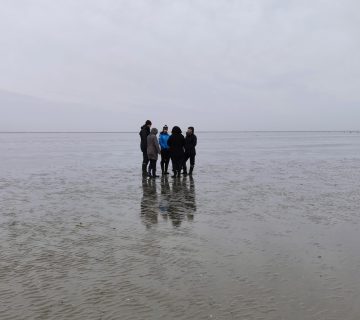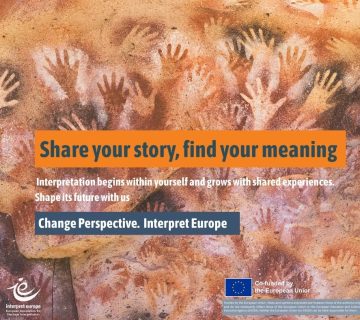Life in a student dormitory blooms with the help of an interpretive hum.
How can heritage interpretation enrich teenagers’ living space? This article brings one possible answer to that question through a case study of an unusual application of IE methodology.
Every story has its hero, a character we meet, follow, and cheer for… Our future, shaken by climate change, also needs a hero who will save us from the threatening uncertainty, just like in a movie. Whether it will be bees, forests, or someone else, no one knew at the beginning of this creative journey.
In recent years, the Maksimir Student Dormitory in the Croatian capital of Zagreb has been nurturing a biodiversity garden as a contribution to the fight against the consequences of climate change by transforming it into a green urban oasis. The next step was obvious: to turn it into an interpretive garden. So, the search for the hero began. A group of students and educators from Maksimir Dormitory started a project, Heroes for a (sustainable) future, the main goal of which was to raise awareness of the importance of preserving biodiversity by using heritage interpretation tools to connect the phenomena from the garden with the students’ personal experience.
Some learning was needed first. Before even framing the idea of the garden and its theme, it was necessary to familiarise oneself with the interpretation of heritage, especially natural heritage, to visit examples of natural heritage interpretation, as well as environments that coexist with urban fauna, and to learn from those involved in environmental protection so that real-life examples would encourage students to emotionally interact with the information.
First, the group of hero seekers visited The Bee Path in the City of Ljubljana to experience the city that cares about bees and biodiversity, then the Faculty of Geotechnical Engineering to learn more about ‘Bees – Guardians of Life on Earth’, as well as the visitor centre ‘Med dvemi vodami’ to explore examples of natural heritage interpretation.
The dormitory hosted several co-creative workshops for students led by IE trainers. The students selected several phenomena in their charming garden, explored the concept of interpretive themes, and crafted interpretive panels. Their hero is a bee, a dear guest to their garden. They emphasised the meaning of bees through an interesting narrative of each phenomenon, at the same time connecting their tales to the cycle of a school year and children’s lives in the dormitory.
The result was an interpretive garden, Gradska pčela i djeca sa sela (The City Bee Meets the Country Kids), a permanent outdoor classroom and a pleasant place that is not only for learning but also for reflecting on one’s own role in preserving a healthy environment.
How did heritage interpretation reach a student dormitory in the first place? The answer, of course, lies in the ever-inspired Interpret Europe members. It all started years ago. The dormitory educators have been organising interpretive tours as a welcoming activity for the children who came to live in their new hometown of Zagreb. In the meantime, their tour guides have become active Interpret Europe trainers. The collaboration has expanded with creative workshops and projects that introduced students to interpretive skills. Last year, Katarina Fruk, one of the educators, became an IE certified interpretive guide. Soon after, she put her new skills to the test in a real setting: she organised a free interpretive tour for Zagreb residents. The only problem was, 100 people showed up, which is usually not the best recipe for an intimate interpretive exchange. But she skilfully pulled it off, leaving the experience with even more ideas of how to apply our methodology.
Fast forward to May 20th, World Bee Day, a perfect day for the official presentation of the project. Everything was in tune with the interpretive theme and topic. The organisers remembered to include all the senses by serving linden tea and honey treats. Is there a better way to open an interpretive project, but with an interpretive walk? Several students prepared thought-provoking interpretive speeches and shared their enthusiasm for their garden. While you’re reading this, they might be in their garden, reading the interpretive panels by a linden tree, listening to the gentle hum of the bees.
“I will always remember this year’s World Bee Day as it filled me with pride and happiness. We started working with kids from the dormitory in 2021, and each year we had a different project. From a small digital map to the exhibition Home, sweet home, the interpretive garden was the most ambitious and complete project in terms of heritage interpretation. I enjoyed working with teenagers; it was a challenge, but the results are fantastic”, Iva Čaleta Pleša reflects on her involvement in this humming project.
Katarina Fruk works as an educator in a student dormitory. Contact her at katarina.fruk@gmail.com. Iva Silla works as an interpretive guide, writer and trainer. Contact her at iva@questoftales.com. Iva Čaleta Pleša works as a tourism expert, interpretive guide, and trainer. Contact her at ivacaleta@gmail.com
To cite this article: Fruk, Katarina (2025) ‘Every story has its hero‘ in Interpret Europe Newsletter 2-2025, pg.17-18.
Available online: Newsletter summer 2025




